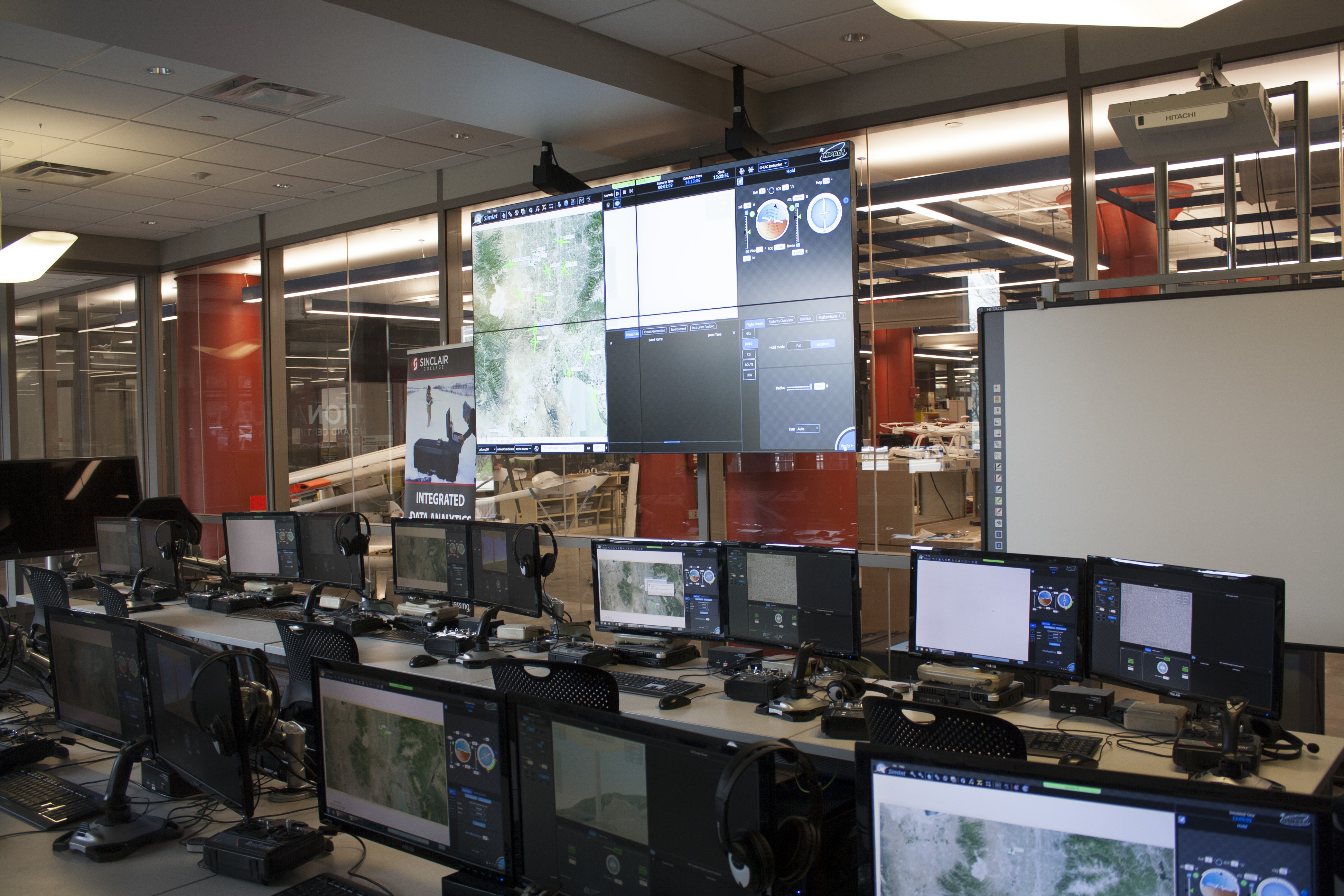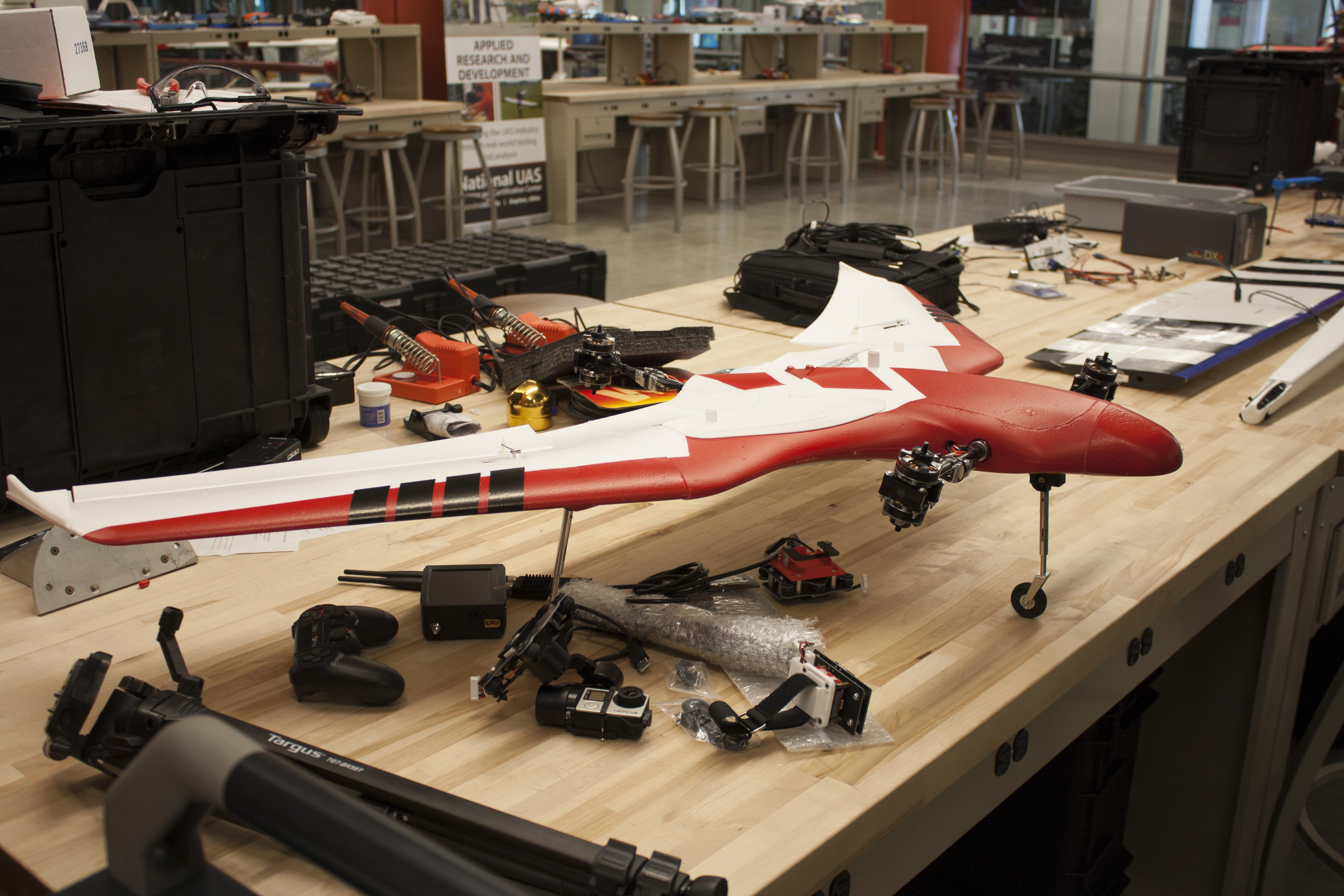With drones being a big part of the new technology in the modern age, the education behind them needs to keep up. Sinclair’s Unmanned Aerial Systems (UAS) program is an answer to this need.
The UAS program focuses on commercial applications, going well with the fact that the Federal Aviation Administration (FAA) recently began offering a certificate to be able to operate commercial drones.
Some of the applications that the industry reaches are precision agriculture, geographic information systems, first responders and data analytics.
Data analytics are important to unmanned aerial systems because their primary purpose is to collect data, ranging from images to electromagnetic data.
The state has recently granted Sinclair the ability to offer a bachelor’s degree in Unmanned Aerial Systems.
This is going to allow the UAS program to expand, bringing in even more offerings and capability within the program.
 Sinclair has focused on the UAS program since 2008, developing and growing while utilizing the assets already available in an aviation heavy area.
Sinclair has focused on the UAS program since 2008, developing and growing while utilizing the assets already available in an aviation heavy area.
As Clay Pittman, the chairperson of the UAS program says, “There are lots of UAS connections with Wright Patterson Airforce base and defense contractors in the area, and we can try to create a program here at Sinclair that is going to be a part of the growth of what is going to be a big industry.”
In 2016, Sinclair opened the National UAS Training and Certification Center on the first floor of building 13, which was a five-million-dollar investment.
It is used for for-credit degree programs as well as partnerships with government industries.
Simulations with real time feeds with vehicles in the air can be used to create scenarios that can test how the vehicles can be used in the real world.
Building 18 houses an indoor UAS flying pavilion, which is the first purpose designed indoor UAS facility in the world. This building is used for both education and testing and research.
In terms of growth, Pittman says, “It’s really continuing to grow as fast as we can, there are really now starting to be tremendous commercial opportunities for drones, and we’re going to continue to grow both our course offerings and enrollment, so we can try to meet the demand.”
The UAS program is continuing to grow, with many opportunities for students wanting to be a part of the growing industry.
Offering a useful tool for industries ranging from law enforcement to farms means that unmanned aerial systems are projected to continue to grow.
With opportunities to experience Applied Research and Development, Customized Training and Education and Advanced Simulation and Data Analytics, there are many opportunities for education in the UAS program.
Sean Kahle
Reporter

